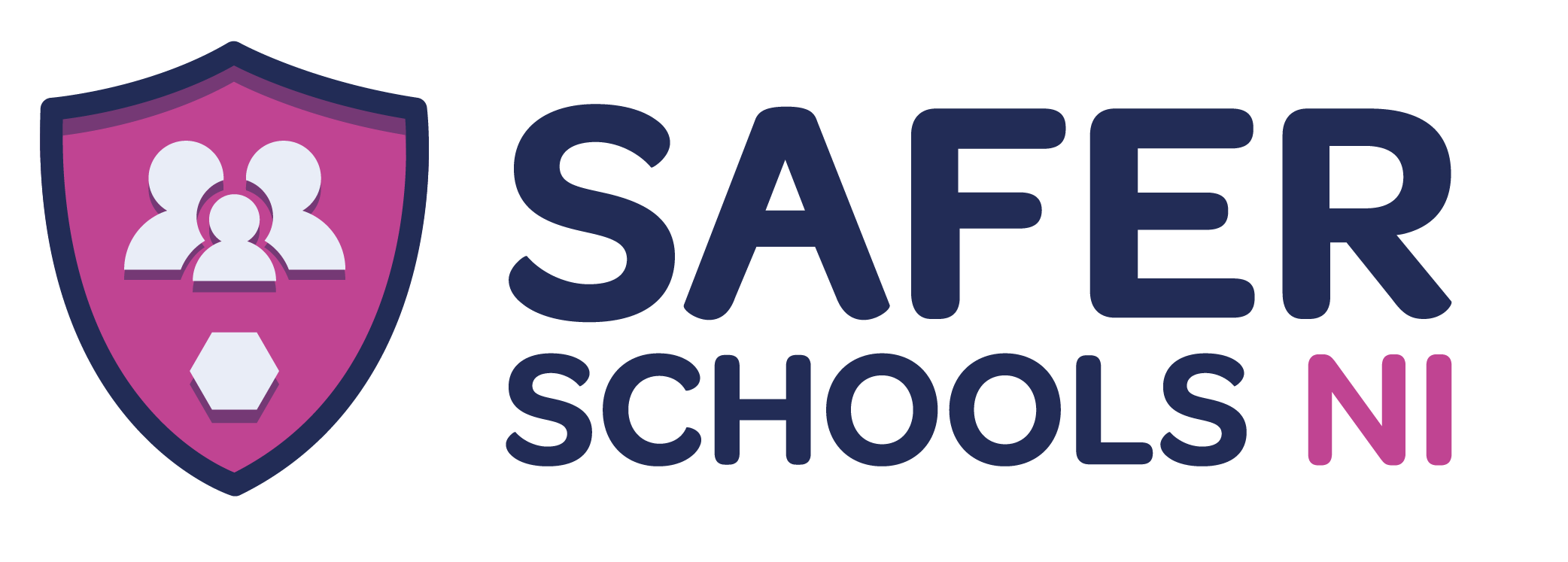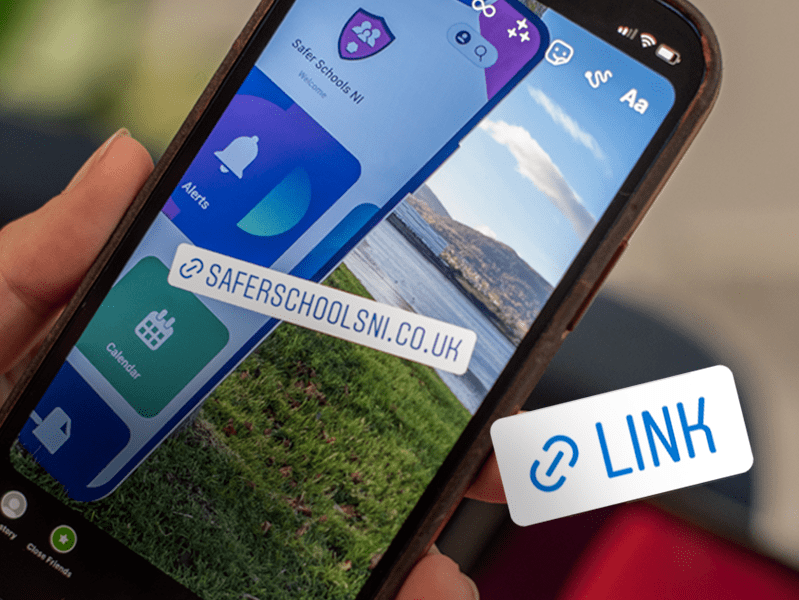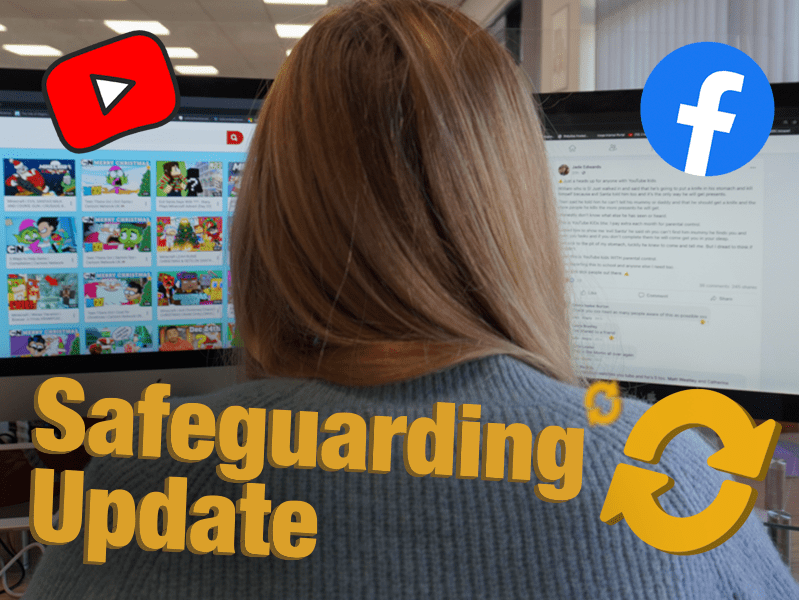Last Updated on 15th November 2021
All children and young people have the right to learn in a safe and healthy environment that’s free from bullying, harassment, and intimidation in all forms. Unfortunately, bullying still happens inside and outside of school, but most cases are resolved quickly.
Bullying is best understood as a set of harmful behaviours directed at one person or a group. It can include verbal, physical, psychological, or socially harmful behaviours that can inflict harm, stress, and injury.
Early Warning Signs
The difficulty of knowing if a child is being bullied is one that worries parents, teachers, and carers. One or more changes in a child’s mood, physical appearance, and behaviours could be an indicator that a child in your care is being bullied.
It can be helpful to have supportive conversations with children and young people in your care to establish what they would do and who they would tell if they had a problem that was worrying them.
Recognising the warning signs early means you can take action to stop bullying but be aware that not all children show these signs and that these signs could be indicative of other issues in a young person’s life.
We have put together 10 indicators you need to look out for:
If you are worried because you are witnessing these behaviours, it’s a sign you should take action. Talk to the child, open and honestly, this will help you identify a problem early. Bullying is very rarely a complete secret.
Young people might not use the word bullying when telling you about things that made them sad, upset, or worried at school. If a child in your care confides in you or you suspect something is wrong at school, having a gentle well-planned conversation can help.
Further Support
Our Safety Centre – Information on how to block and report on popular platforms
GOV.UK – Making a complaint about bullying
NSPCC – Bullying and Cyberbullying
Internet Matters – Cyberbullying
Anti-Bullying Alliance – Advice for Parents
Bullying UK (Family Lives) – Advice for Parents
Join our Safeguarding Hub Newsletter Network
Members of our network receive weekly updates on the trends, risks and threats to children and young people online.








